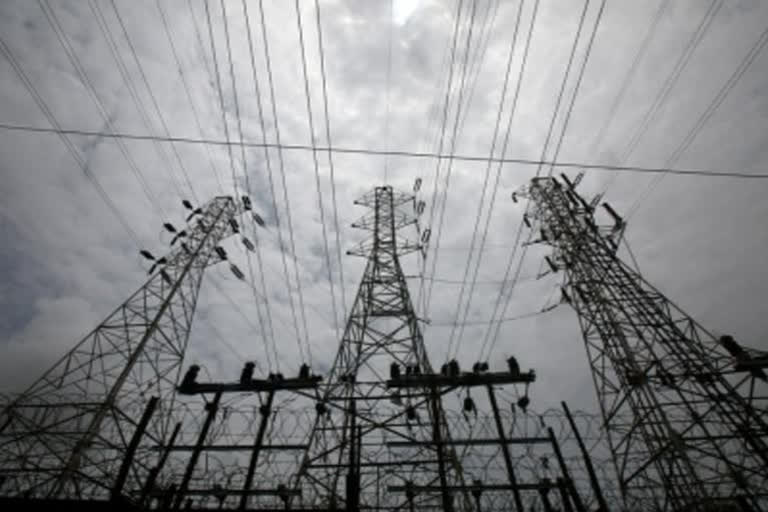New Delhi: Against the backdrop of the Central government’s vision of making India an energy-efficient country, a government report on Friday revealed that India’s average Aggregate Technical & Commercial (AT&C) loss in the electricity sector increased from 20.73 percent in 2019-20 to 22.32 percent in 2020-21.
The average AT&C losses for distribution utilities at the national level further deteriorated from 20.73 percent in 2019-20 to 22.32 percent in 2020-21.
A report on “performance of power utilities 2020-21” released by Union Power Minister RK Singh further said that along with billing efficiency that witnessed a decrease from 85.41 percent in 2019-20 to 84.07 percent in 2020-21, the collection efficiency also witnessed a marginal decrease from 92.80 percent to 92.40 percent during the same period.
It is worth mentioning that AT&C losses are a combination of energy loss and commercial loss. Energy loss comprises technical loss, theft, and inefficiency in billing, whereas commercial loss comprises default in payment and inefficiency in the collection process.
The report said that Nagaland recorded the highest AT&C loss of 60.39 percent in 2020-21. Some of the other prominent States and UTs registering AT&C loss include Jammu and Kashmir (59.28 percent), Andaman & Nicobar Islands (51.94 percent), Arunachal Pradesh (44.87 percent), Madhya Pradesh (41.47 percent), Jharkhand (41.36 percent). The situation was the same in larger states such as Uttar Pradesh (27.12 percent), Rajasthan (26.23 percent), and Maharashtra (25.54 percent) among others.
Also read: Power bills: Retired teacher cheated of Rs 2.46 lakh
The report said that aggregate losses for distribution utilities increased from Rs 30,203 crore in 2019-20 to Rs 50,281 crore in 2020-21. Aggregate losses on tariff subsidy received excluding Regulatory Income and Revenue Grant under UDAY for loan takeover increased from Rs 63,949 crore in 2019-20 to Rs 88,500 crore in 2020-21.
It said that the tariff subsidy billed by distribution utilities increased from Rs 1,20,828 crore in 2019-20 to Rs 1,32,416 crore in 2020-21. As a percentage of total revenue, tariff subsidies billed by the utilities increased from 16.52 percent in 2019-20 to 18.53 percent in 2020-21.
Meanwhile, reiterating the central government’s intention of providing electricity to every household in the country, Singh said that there are still some houses left to be electrified which shall be identified and electrified soon.
“Our main objective is to provide electricity to the villages where electricity has not reached even today. Earlier people used to consider generators as an essential thing but now this has changed. In the last 5 years, we have dedicated 2 lakh 60 thousand crore schemes to the common people,” he said while inaugurating the two-day conference of Energy Ministers of States and Union Territories at Udaipur.
He said that the problem of energy access has been solved but now the availability of power is a challenge.
“Coal is a challenge. For the last 4-5 months, electricity demand has been growing by about 11 percent. We have managed to meet the demand even at a time when there is a global energy crisis. Coal prices have increased internationally but we have managed to keep electricity prices under control,” said Singh.
“The government has managed to meet the demand, even at a time when there is a global energy crisis. Coal prices have increased internationally but we have managed to keep electricity prices under control,” he said.



